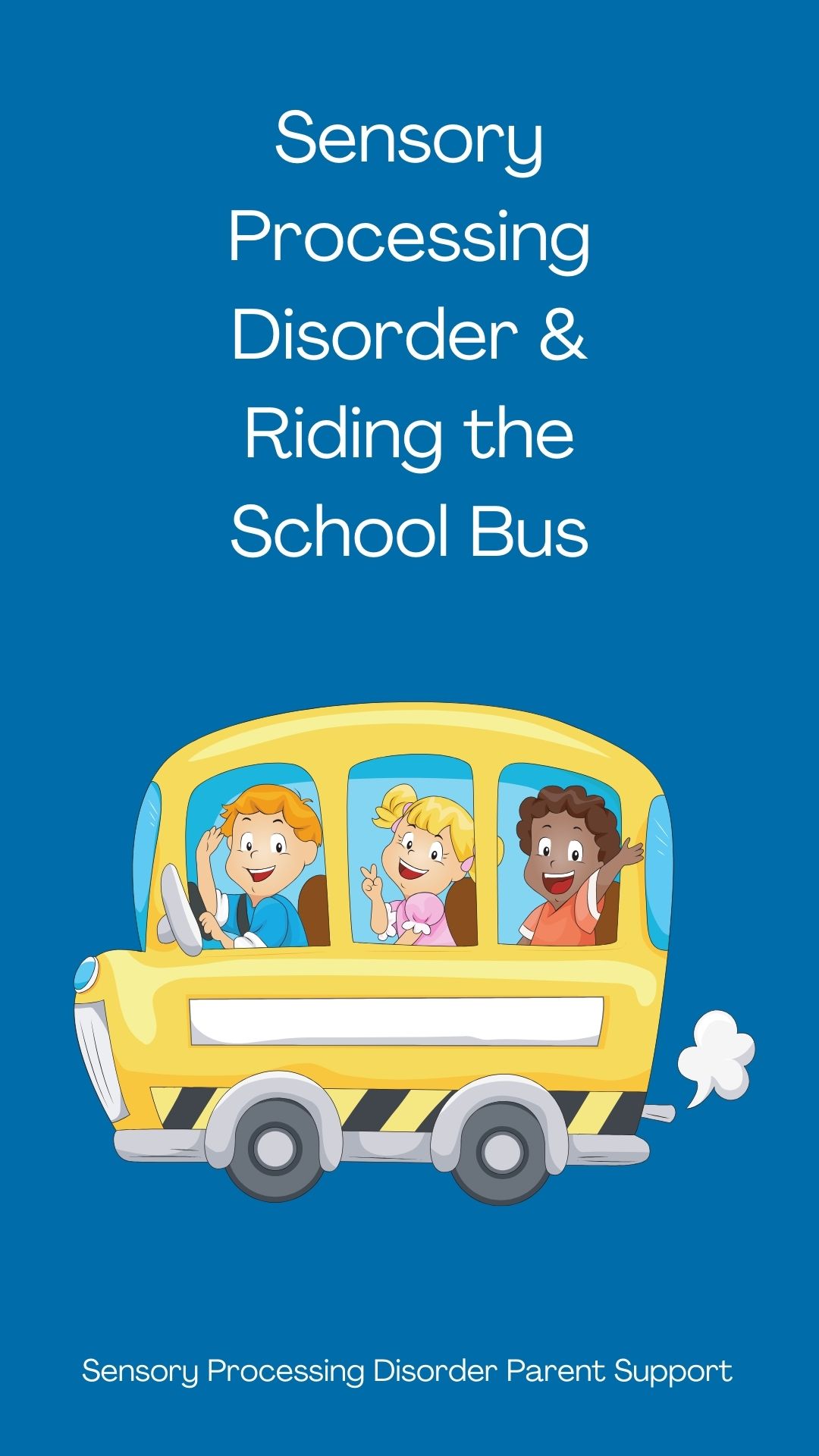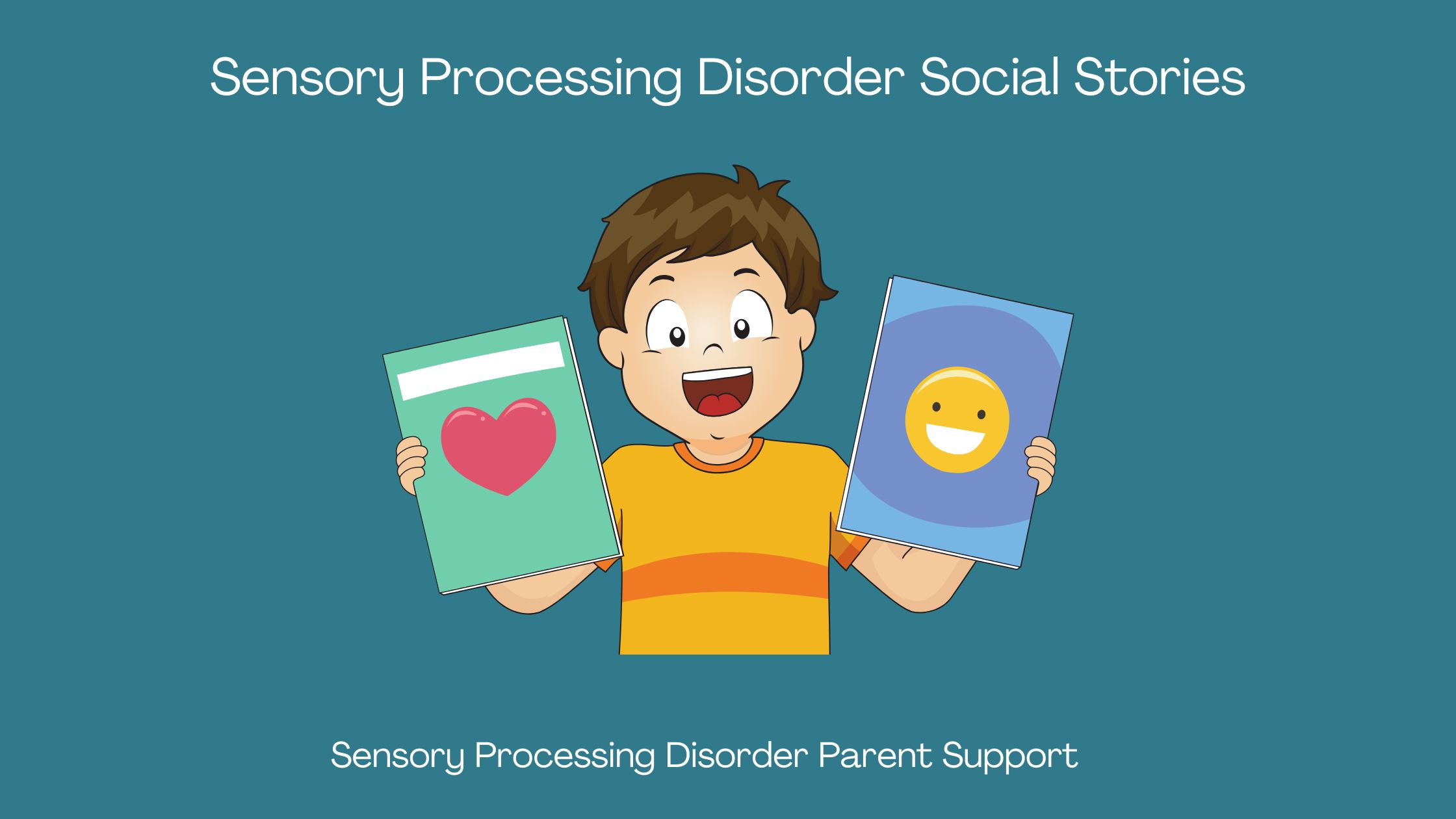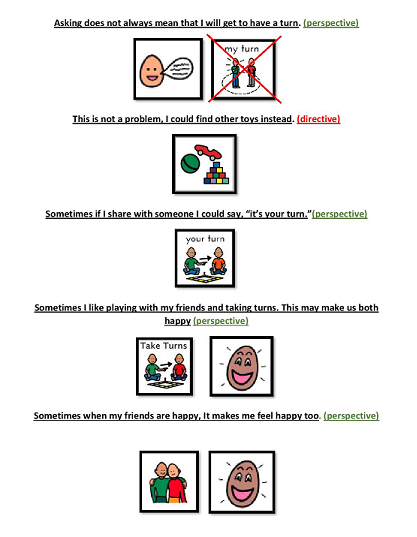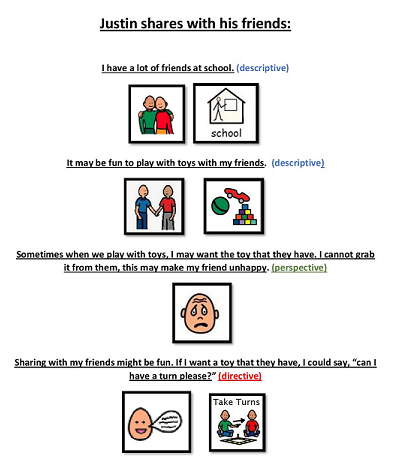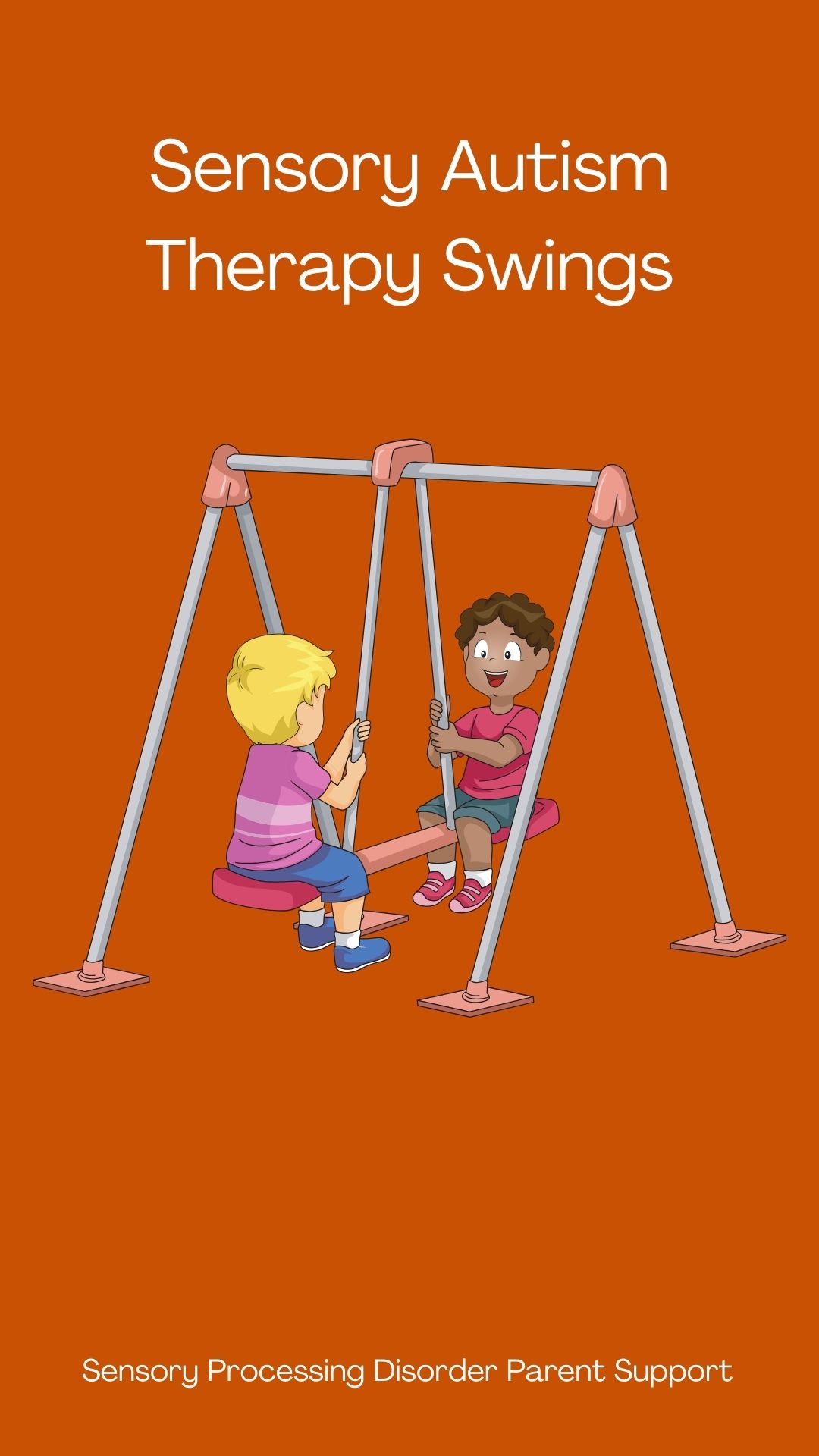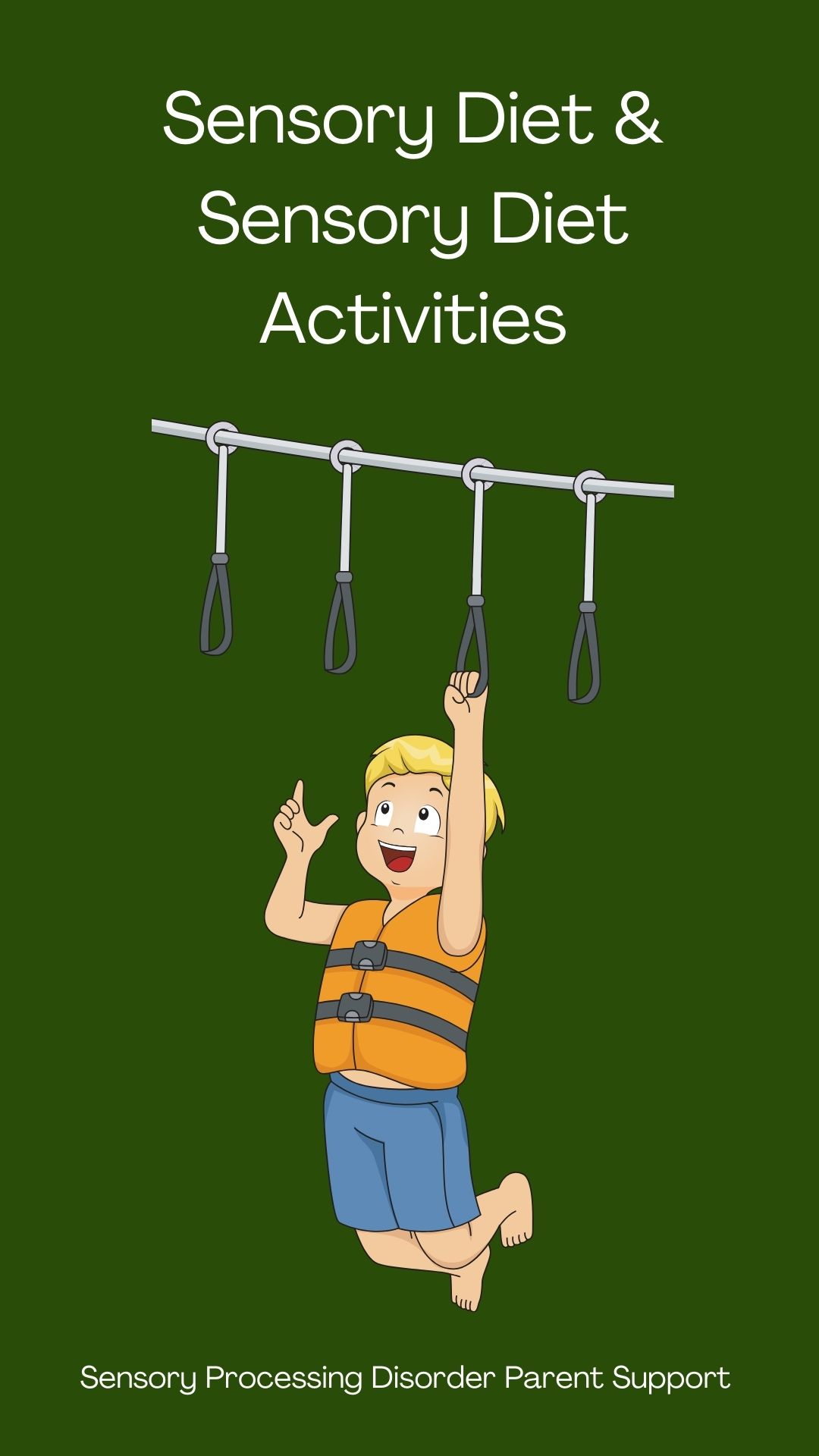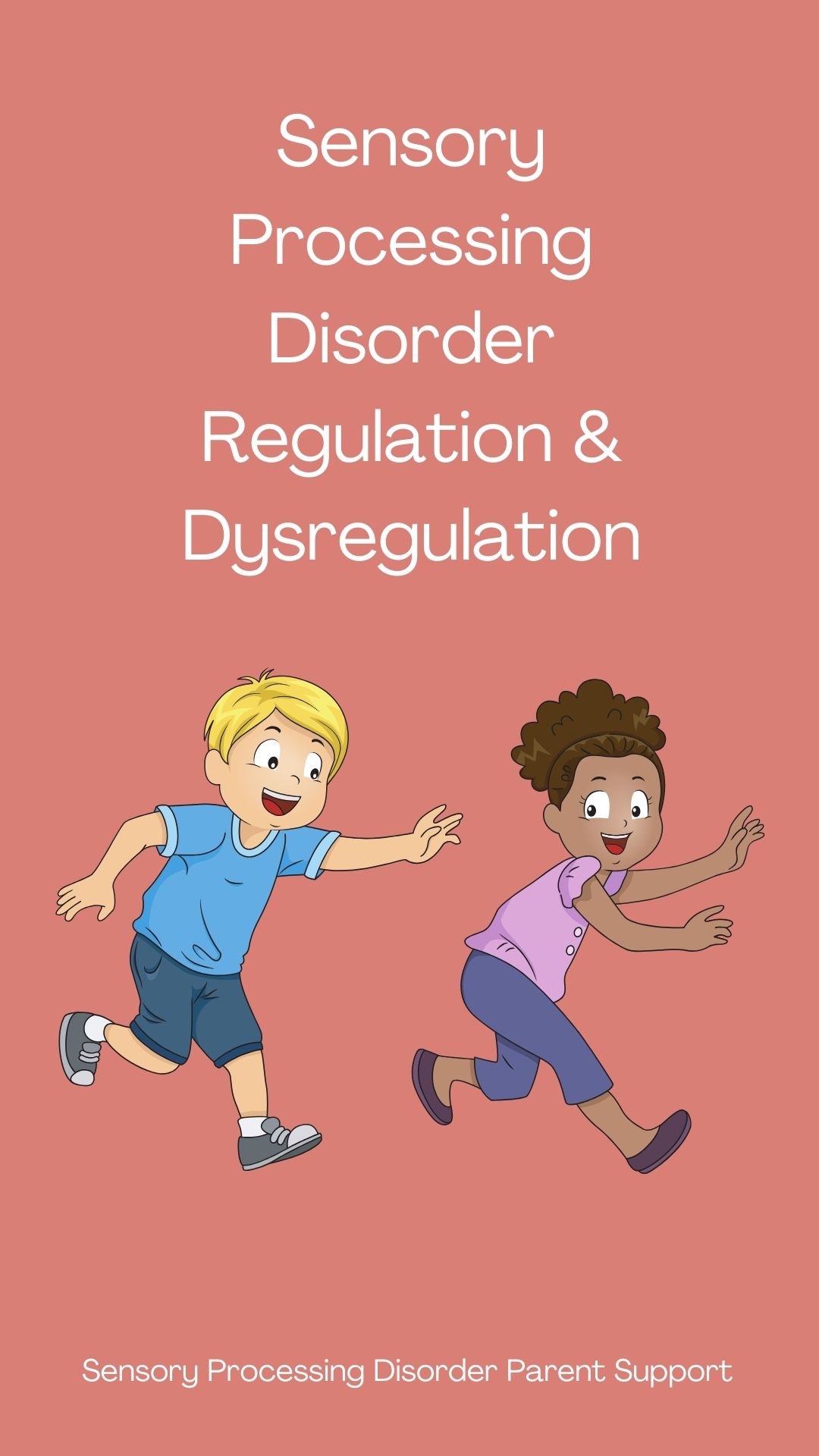They are most commonly used for children with autism and other special needs such as difficulties with comprehension, developmental delays or those who struggle with social challenges, they can also be very beneficial to all children when explaining situations and changes.
Social stories can teach children different skills. Using social stories everyday with events and situations will help your child so they don't find different situations confusing while also cutting down on your child's anxiety.
A commonly used therapy tool called social stories are helping children with sensory differences and other developmental disorders. These stories are specifically designed to help children understand and navigate through situations that they may find challenging. Social stories have been proven to be highly effective in helping autistic children and kids who have attention deficit hyperactivity disorder (ADHD), and sensory processing disorder.
Social stories explain to children what changes may be happening in the future, how to do something new or could even explain a situation and how they could handle it appropriately.
Social stories can be sometimes called different names such as social narratives, story-based interventions and social scripts too.
Sensory Processing Disorder can cause challenges for children and make it difficult for them to engage in everyday tasks. Many children diagnosed with sensory processing disorder also have difficulty understanding social cues and behaviors, which can lead to social isolation and difficulties navigating social situations.
Social stories was first introduced in the 1990's by Carol Gray, a teacher and consultant for autistic students. Gray developed this method to improve social skills, communication, and understanding of social behaviors in autistic individuals. The use of social stories has since expanded and is now being used as a tool for children with various developmental disorders.
The purpose of social stories is to provide children with clear and concise information about social situations and appropriate ways to respond to them. These social stories include pictures and descriptive language to help children understand and process the information. The stories are customizable and can be tailored to each child’s specific needs and abilities.
When it comes to children with sensory differences, social stories are very valuable as they provide a visual representation of social situations.. The use of pictures, as well as simple and direct language, allows these children to understand social situations in a way that makes more sense to them.
There are so many benefits to using social stories for children with sensory challenges. These stories can help children develop problem-solving skills, improve their communication and social skills, reduce anxiety in social situations, and increase their understanding of non-verbal cues.
Social stories have also been shown to improve self-esteem and confidence in children by providing them with coping strategies for social situations.
Social stories are not just limited to children with developmental disorders. Children without any diagnosed disorders can also benefit from using this tool, especially when they are struggling to understand certain social situations or behaviors. Social stories have been used in schools as an effective way of teaching students about appropriate behaviors and social skills.
Social stories are now even more accessible to children and their families because there are several online resources who offer a wide variety of social stories that can be easily downloaded and customized for individual needs. Parents and teachers can also create their own social stories to fit specific situations and behaviors.
Parents can make their own social stories for their children and they can be purchased online. When your child has been reading a social story it's important to remind them about the story the new skills they've learned from the story. When the child is successful, it's very important to reward them with a lot of encouragement and praise.
